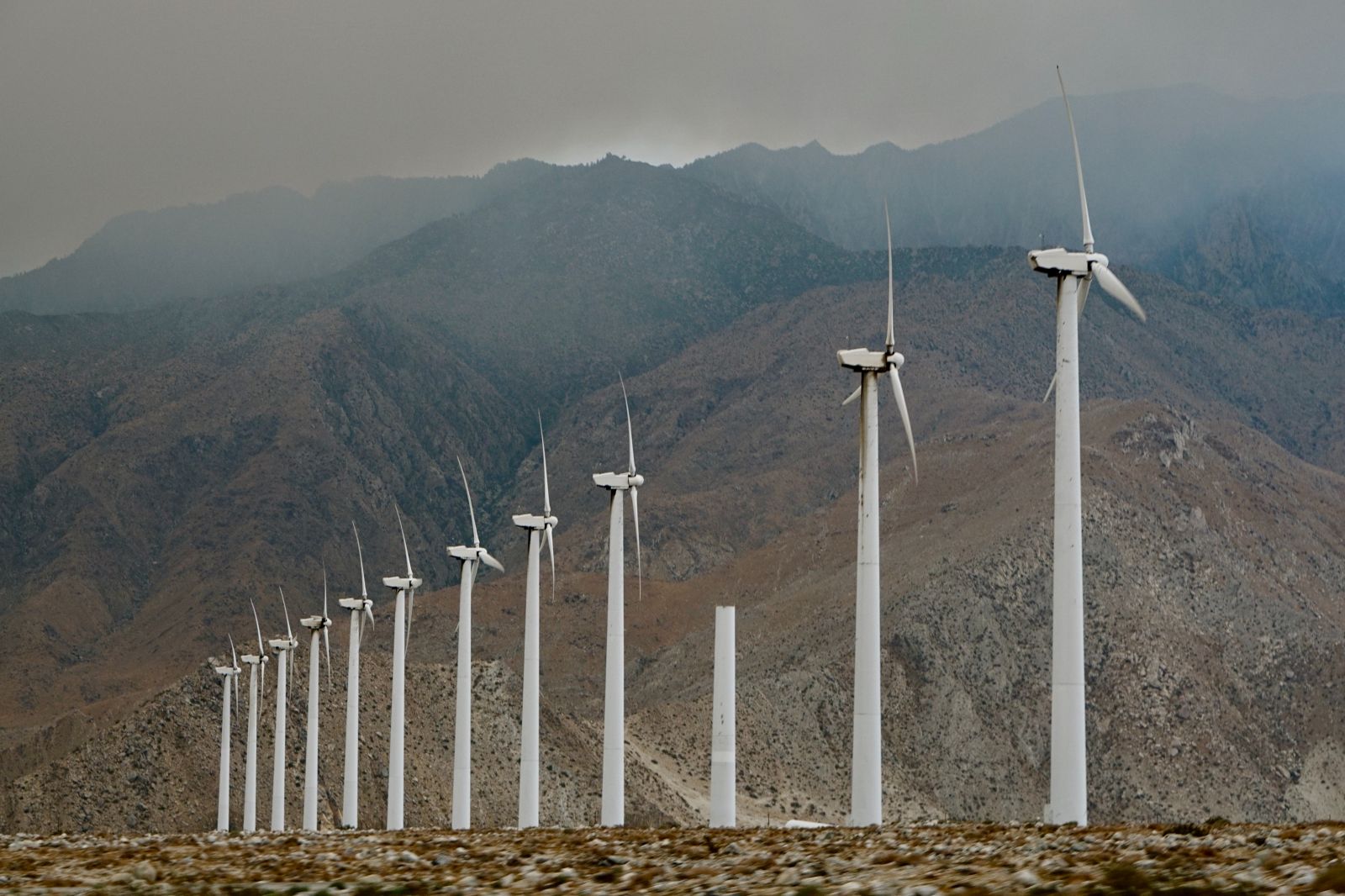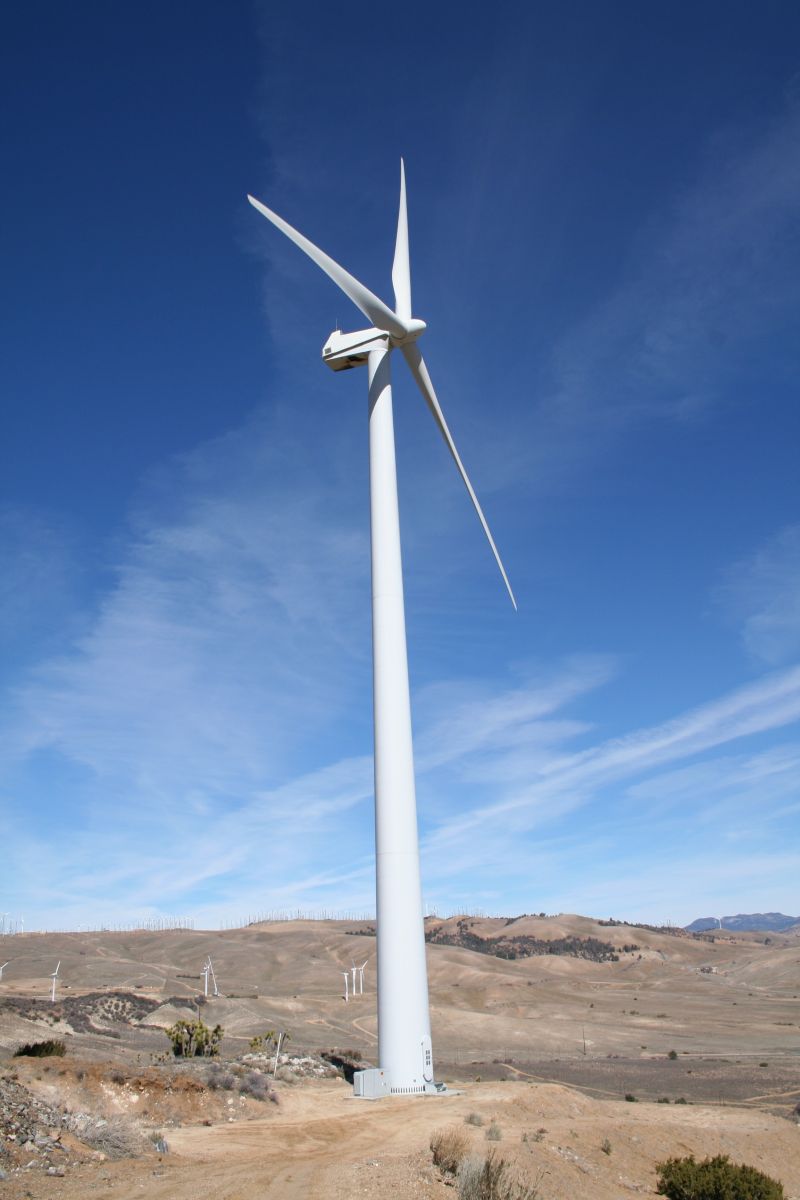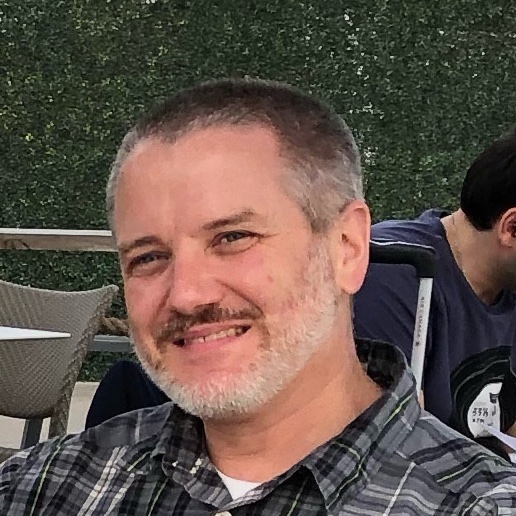Make Your Wind Turbine Last Longer - How foundation and tower monitoring can extend the life of a wind turbine
A well-maintained car will run for longer than a hard-driven, neglected one – and cost less over its life. Wind turbines are much the same. However, wind farms are multimillion-dollar energy generation assets, so keeping them running for longer means significant additional revenue for owners.
That’s why life extension is becoming more and more crucial as wind owners and operators seek to hedge against energy market uncertainty by extracting additional value from their existing portfolios. This requires a continuous investment into their turbines and fleets. With a best practice life extension strategy in place, operators can see useful asset life increased by up to 25 percent – with up to 12 percent higher sale prices if assets change hands.

photo credit nico_@stravasnip
Wind operators have an opportunity to transform their life extension strategies due to advances in monitoring technology. Although drivetrain monitoring remains a key component of profitable life extension strategies, predictive maintenance approaches now include all types of data. Data on pitch bearings, blades, rotors, as well as foundations and towers are coming into play, helping operators make the best possible decisions on component replacements and repowering work.
Life extension and repowering
Owners and operators have a strong incentive to extend asset life. A turbine pays for itself in the first 10-15 years of its life. Selling electricity produced after this, once O&M costs are considered, represents pure profit. This means that the largest factor affecting the value of a project is whether life can be extended, as the transformation of financial modeling from running assets for 25 years versus 20 years is significant.
There is another factor involved in intelligent life extension – reducing waste. Recently, the wind sector has begun to target carbon emissions in its supply chain more proactively. A move to a circular economy is within reach due to a better understanding of wind turbine technology and better materials. However, data on the remaining useful life of components is necessary to establish which parts can be refurbished, which should be replaced, and which can be left.
Historically, accurate and cost-effective monitoring has been restricted to the drivetrain, tackling the biggest cost failures first but neglecting crucial components such as towers, blades, and foundations. New advances in data analysis have led to a leap forward for operators, as they can now use their existing drivetrain vibration monitoring systems across the turbine.
This is particularly crucial during partial repowering, where larger rotors and generators are fitted to the existing towers to upgrade the capacity of a site. Understanding what is technically feasible during this process ensures that operators can push the boundaries without compromising safety.
 The tower and foundation challenge
The tower and foundation challenge
Partial repowering and life extension have given rise to towers and foundations with a potential service-life exceeding 40 years. Replacing this infrastructure is rarely economical, so wind farm operators need reliable data on degradation.
In many cases, lenders or independent engineers will require regular foundation monitoring for life extension beyond the theoretical design life of the wind turbine.
The evidence shows, however, that many foundations can perform far beyond their theoretical life, and can do so safely provided the data indicates structural integrity.
The current trend toward short-term subset monitoring may fail to capture a clear picture of foundation integrity, due to natural variation that can be more significant than that caused by damage. Additionally, with many foundations, damage only shows under higher load levels that aren’t captured by short-term monitoring campaigns.
Predicting the outlier foundations with low strength or high loads is error-prone, and can result in damage going undetected until serious incidents occur, such as collapse.
Unlocking the full potential of drivetrain CMS
MEMS accelerometers, used in leading Condition Monitoring Systems, are extremely adept at monitoring low frequencies, such as structural frequencies for wind turbines. Low-frequency capable CMS can deepen operators’ understanding of foundation health. These CMS are often already installed on projects, and, if not, the installation costs fall well below that of periodic foundation testing and inspections.
Early detection and clear decision criteria are vital when dealing with foundations. Solid, quantitative results allow operators to set decision criteria confidently, and projecting future conditions permits proactive action. Predicting developments in turbine health is essential to allow time to design possible foundation retrofits, as well as construction contracting and implementation, without incurring significant project downtime, or running turbines that might collapse.
With accurate foundation data, asset owners can take a smart approach to remedial work. Foundation strengthening is costly, but monitoring provides insight on foundation health to asset owners, who can defer strengthening work and implement targeted retrofits strategically.

photo credit sander weetelig on Unsplash
A solid foundation for increasing wind efficiency
Wind energy is set to play a leading role in the energy transition. No MWh can be left on the table – ensuring that assets already installed can generate clean energy for longer is the fastest way to boost and maintain renewable capacity. Operators have the opportunity to use the latest technology to gain a holistic picture of turbine health, going beyond the drivetrain to inform better, more strategic decision-making, and, ultimately, longer turbine lifespans.
 Ian Prowell is Principal Engineer at ONYX Insight, which provides advanced monitoring of all wind turbine components using multiple data points.
Ian Prowell is Principal Engineer at ONYX Insight, which provides advanced monitoring of all wind turbine components using multiple data points.
ONYX Insight | onyxinsight.com
Author: Ian Prowell
Volume: 2022 September/October








